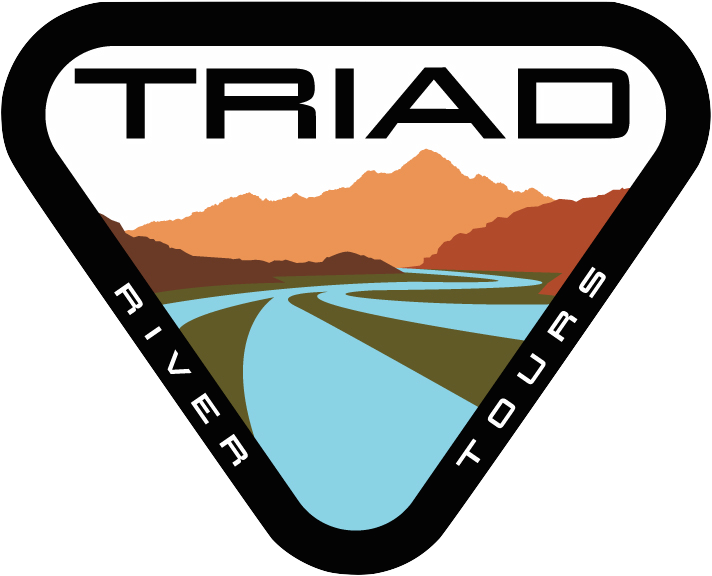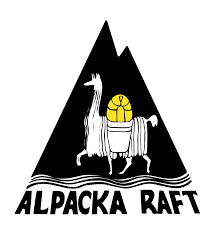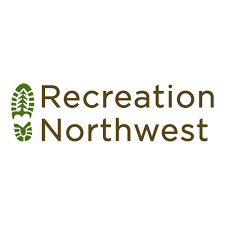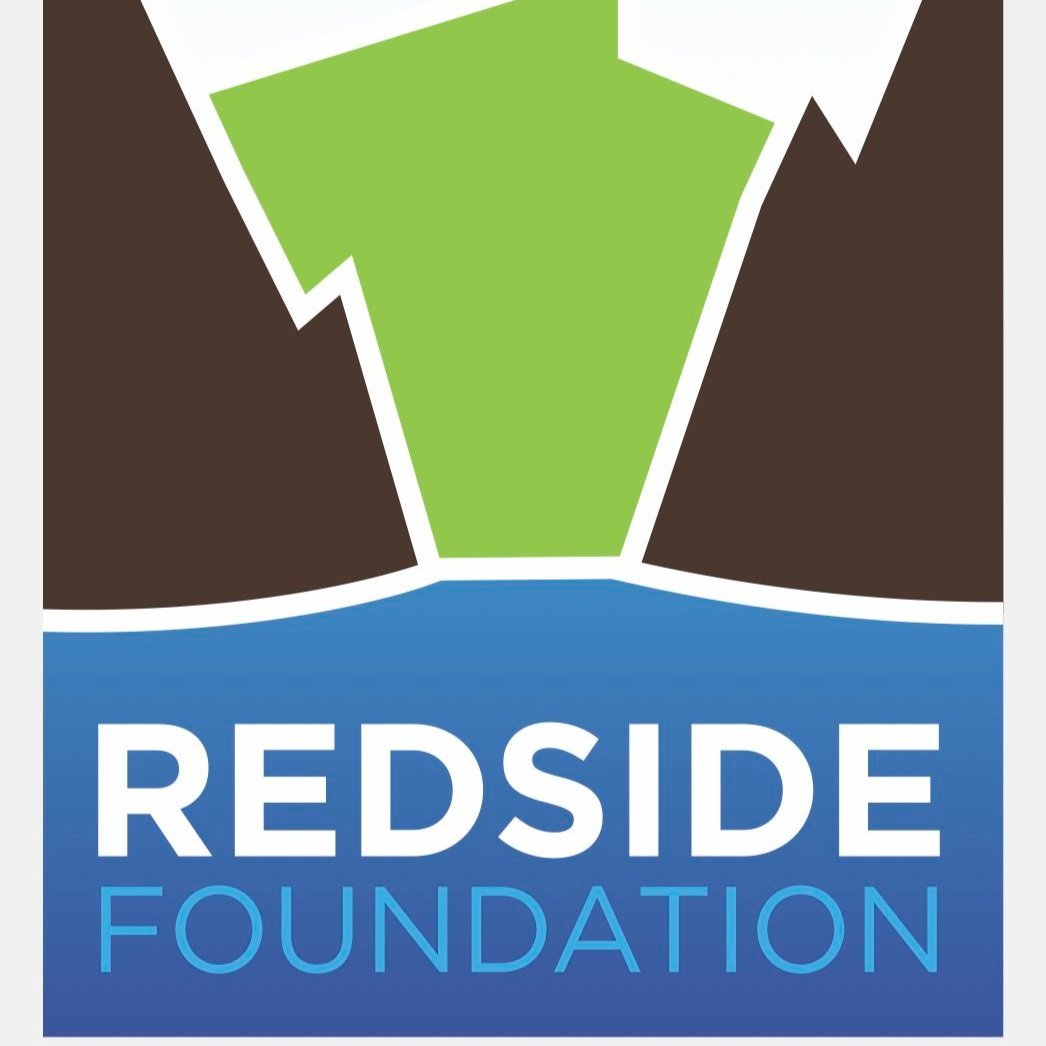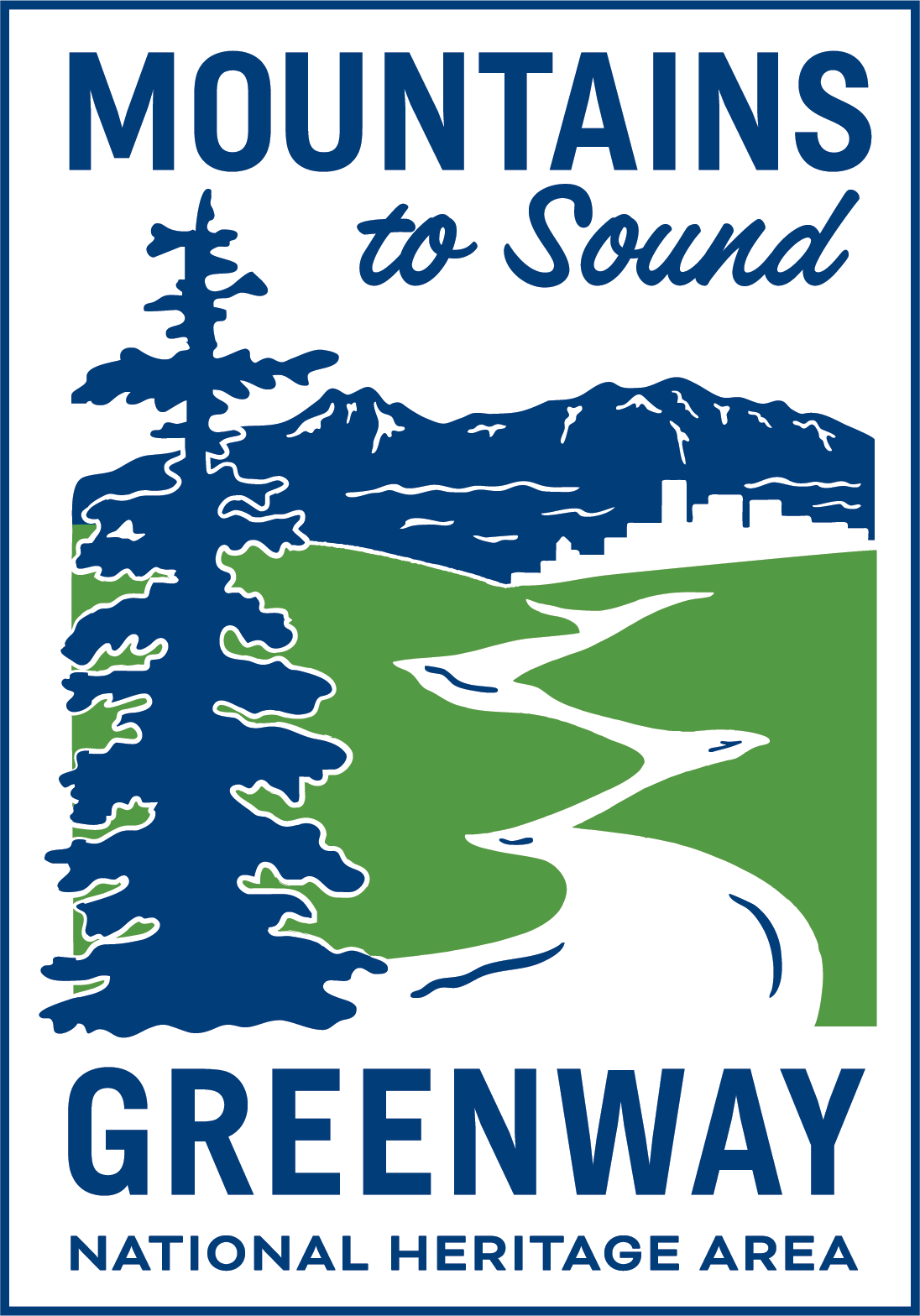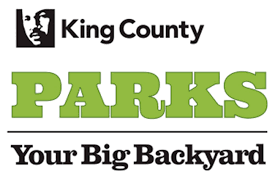1. Hammock
A hammock makes for easy transporting when you don’t have enough room to pack a tent. Creepy crawlys can’t reach you since hammocks hang safely above the ground. You’ll have the added peace of mind when sleeping that you won’t wake up covered in bug bites (other than mosquitos). You also have the ability to adjust the straps to make for the slack you need to feel most comfortable sleeping on.
Be mindful that some parks and areas don’t allow hammocks as they damage trees. If you want to tread lightly on mother nature, hammock straps are much more safe on trees than ropes. Also, research the area you’re going to camp in because tree cover might not be as abundant and you don’t want to get stuck in a terrain without trees to hang up your hammock on. This might seem obvious, but it’s always good to be over prepared in the knowledge of the area you’re exploring.
2.Bivy
Another lighter and compact alternative to tent camping is bringing either a bivy sack or a bivy shelter along with you on your whitewater rafting trip. Bivy sacks are essentially durable sleeping bag covers that you slip on before you go to sleep and shelters are small foot-tall tents for one person. For multi-day trips, bivys are able to be used anywhere so a forested terrain isn’t necessary like it is for hammocks.
Space is very limited in bivys so these might not be a good fit for someone with claustrophobia or one looking to hangout in their shelter for longer than a night’s sleep. Another negative aspect to bivys is that they have the tendency to pool up water if it’s rainy. Sleeping on a slight incline or digging a small ditch to sleep is a good way to avoid waking up soaking wet.
3.Tent
If you’re looking for a classic overnight experience, a tent is a great option for you. However, tents can be bulky, especially when packing for a whitewater rafting trip as space on the raft is sparse. This is best if you’re rafting through the Northwest during a rain spell and don’t mind the extra weight.
4.Car or Truck
If you’re only going on daytrip whitewater rafting but are still camping overnight, sleeping in your car makes for a solid option. You’re more likely to get a restful night’s sleep by spending the night in a vehicle because of the security and warmth of being in a metal enclosure. Setting up sleeping pads in the back of a car or truck or using specialty blow up beds are ways to make your sleep a bit more comfortable as well.
Make sure not to leave your lights or heat running for too long. It might be tempting to utilize your vehicle’s amenities because it offers modern comforts and feels a bit more like home, but you’ll regret the next day when you’re scavenging the area for another car to give you a battery jump. To keep warm, if there is moisture in the air, crack open a window a tiny bit to let the moisture out. This will keep you warmer even though it seems contradictory because you’d want to trap as much warm air in as possible. Sunshades are also helpful for insulation and warmth.
5.Make your own shelter
A way to exercise your creative juices while camping during a whitewater rafting trip is to build your own shelter. This isn’t allowed in most protected wilderness areas, though, so be mindful of where you’re staying ahead of time.
An easy shelter to build in Washington is a lean-to. It involves branches being leaned up against a tree or another branch placed between trees. The abundance of Douglas firs and forest debris in the Pacific Northwest will ensure plenty of material to make your own camping spot. While you’re at it, if the forest floor isn’t ideal, a bough bed is easy to make underneath the lean-to. Bough beds are beds made out of leaves and branches to make for a more cozy and warm night’s sleep.
6.Nothing but the bag
Minimalist campers, this option is ideal for you. In the summer or in a more arid climate, falling asleep underneath the stars is the most raw way to experience the wilderness. It does come with the lack of protection from the outside elements, though.
Even the most stripped down camping experiences may require some extra help from the modern world. By packing bug spray and bottling up boiled water to snuggle for warmth at night, you’ll still benefit from protection that an enclosed shelter would provide.
7.Tarp
A tarp is an affordable alternative to expensive camping gear. It’s also very versatile. Not only can you tie the ends of a tarp into a hammock, you can fold it into a bivy sack type enclosure. The most protective way to use a tarp is to perch it on a tree branch or hiking pole to mimic a floorless tent.
https://gizmodo.com/five-ways-to-sleep-outside-without-a-tent-1598690786
https://thedyrt.com/magazine/lifestyle/winter-campers-expert-advice-sleep-car/
https://fieldcraftguide.com/sleeping-outdoors/
https://www.outdoorlife.com/survival-shelters-15-best-designs-wilderness-shelters/
